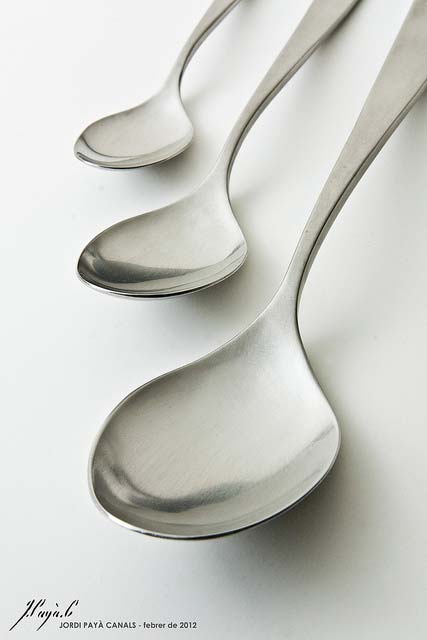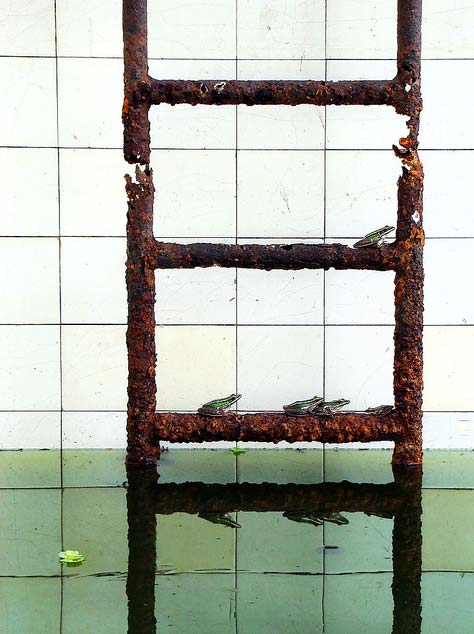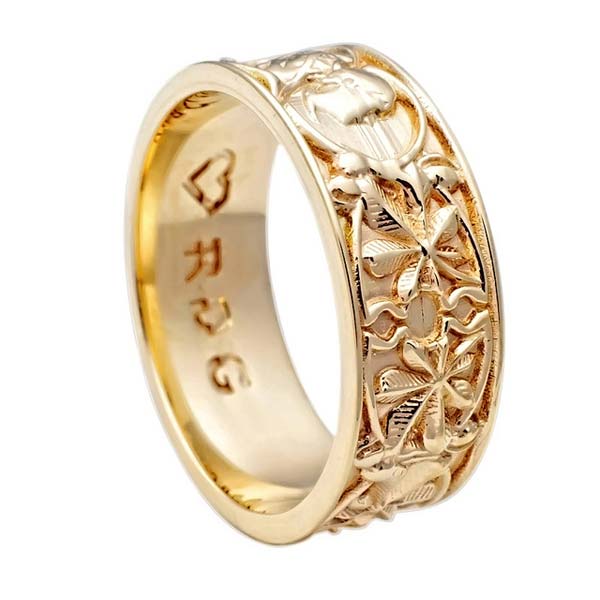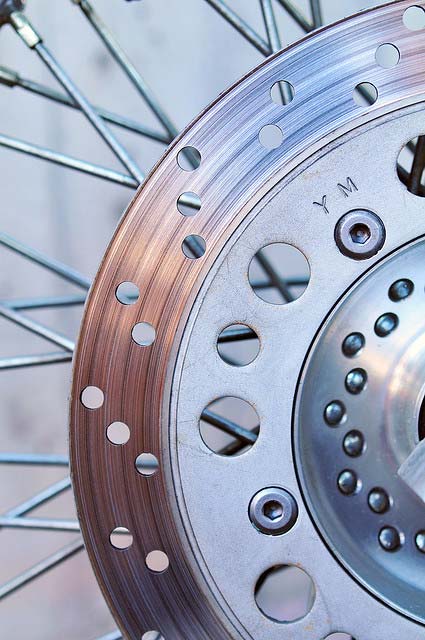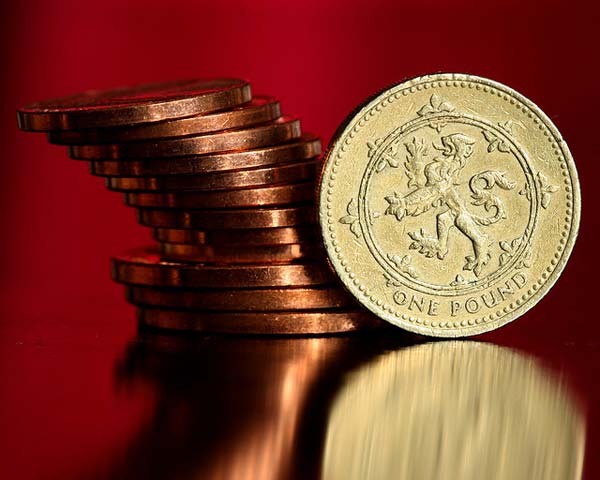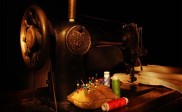Tips on How to Photograph Metals and Alloys
Metals are solid materials which are typically hard, shiny, and malleable. Although they can be a challenge to photograph due to their highly reflective nature, they are also lustrous, striking, and can be fantastic subjects to shoot. Examples of metals are iron, gold, silver, copper, and platinum. Two or more elements where one is a metal will form an alloy such as steel and bronze.
Metals are Reflective
Metallic objects, especially those with smooth surfaces such as stainless steel, are highly reflective. Bear in mind the Laws of Reflection in physics, one of which states that the angle of incident light equals the angle of reflection. This means that when your light hits the metallic surface, it is reflected back at the same angle in the opposite direction. This can be a problem for on-camera flashes which are so near the lens that light used to illuminate the object can reflect back directly (since the angle is identical) into the camera lens, creating serious blown out highlights. By separating the camera from the light source, you can play around with more lighting angles and positions which won’t cause hot spots. Another tool you can use is a softbox, which will diffuse the light.
Shooting Rusty Metal
Shiny metals are pretty and all but so are rusty ones! Most metals corrode over time and rust forms, creating pits, cracks, and interesting textures and colors. Photos of rusted metal that once was shiny and new can also give off a certain mood and evoke strong emotions. Many urban decay images have subjects all covered in rust.
Opaque and lustrous
Shooting Precious Metal
Precious metals are rare, very lustrous, and are greatly in demand. Examples include gold, silver, and platinum. These are often used as jewelry, coins, and art pieces. When shooting subjects made of precious metals, backgrounds are often left bare and clean to keep the focus firmly on the object. You will notice that shots of gold and silver jewelry and art often have plain white or black backdrops.
The Luster of Metals
One of the properties of metals is its luster. Metals give off a silky reflective sheen (unless hit directly by strong light) that adds much to their appeal. Precious metals are especially known for being high in luster but regular alloys such as steel and aluminum also have that silvery smooth appearance. Proper lighting is needed to achieve the most lustrous look from the metal subject, such as with jewelry shots.
Shooting Molded Metals
Metals are known to be hard but malleable. They can be molded into various shapes, embossed or engraved with designs, and bent in all kinds of artistic ways. Molded metal can be visually pleasing and you can shoot it at different angles and still come out with great shots. Metal objects that have surface impressions such as coins are usually lighted from the side to highlight the fine details and textures.
About Author
Kristine Hojilla
Kristine is an avid amateur photographer from the tropical Philippine islands. She always tries to capture the extraordinary in mundane objects and scenes. Feel free to visit her profile here to see more of her works

